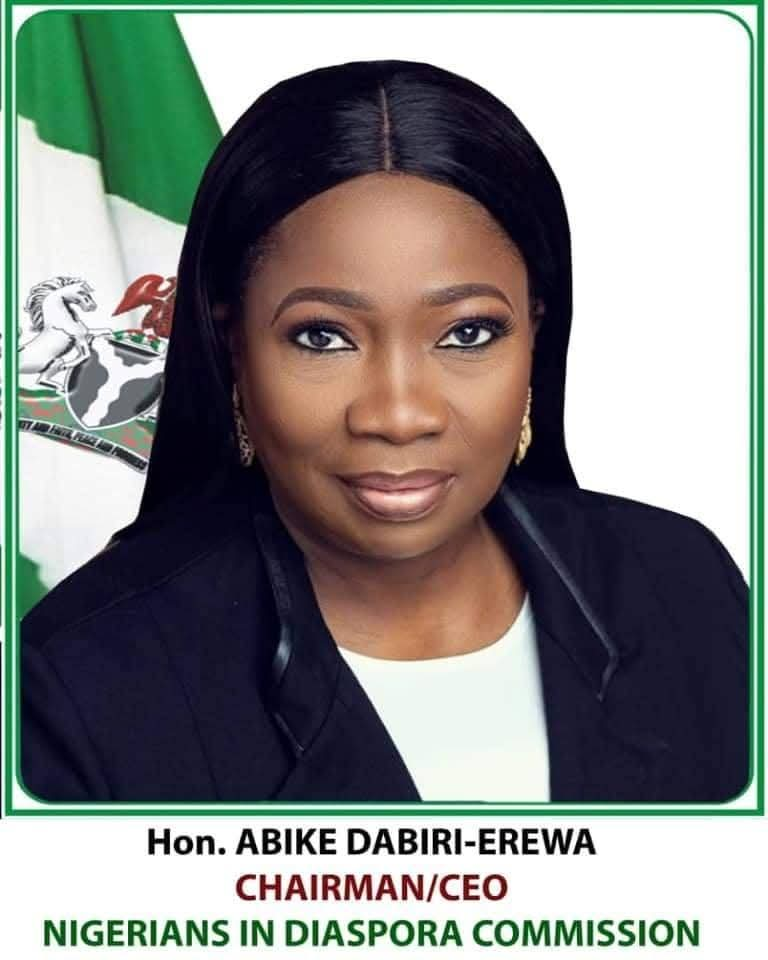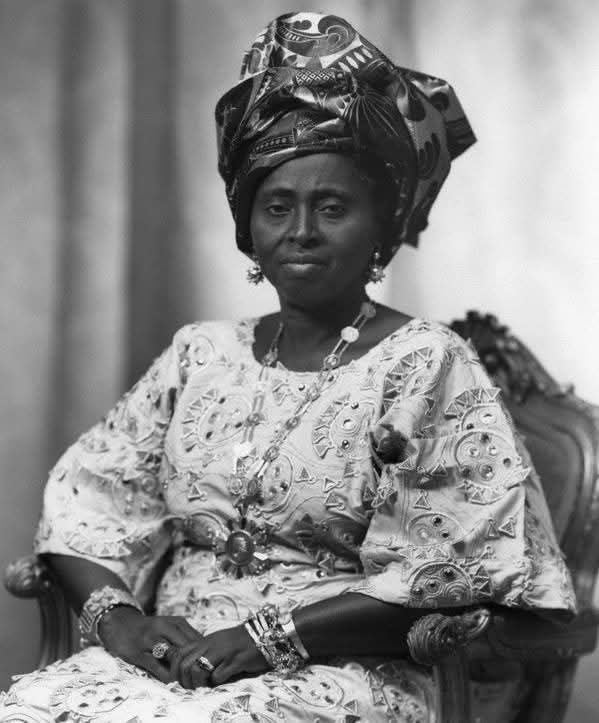In the age of relentless digital progress, the field of public relations (PR) is undergoing a significant transformation. The erstwhile reliance on pen, paper, and print has been overtaken by the swift tide of digitalisation.
This article explores the evolution of PR practices in the context of digital technology’s expansive influence. We assess how traditional methods have adapted to or in some cases, been replaced by digital tools and strategies, discussing the implications for practitioners, clients, and audiences alike.
Public relations has traditionally been an industry grounded in interpersonal relationships, with a heavy emphasis on crafting and distributing messages through print media, broadcast, and direct mail.
However, the digital age has brought about a shift in the landscape, with new platforms and technology completely redefining what it means to engage with audiences.
The onset of digitalisation has rendered many traditional PR tools as antiquated. Press releases, once the cornerstone of PR, now vie for attention in a crowded digital marketplace.
The immediacy of social media, the precision of targeted advertising, and the personal touch of influencers have provided new channels for message dissemination and stakeholder engagement.
The arsenal of digital tools available to PR practitioners is both vast and potent. Social media platforms have given rise to viral marketing campaigns, real-time crisis management, and direct audience engagement strategies.
Search engine optimization (SEO) and data analytics empower PR professionals to measure campaign impact and refine their strategies with unprecedented accuracy.
A prominent development in digital PR is the convergence with digital marketing. The significance of digital content, online reputation management, and analytics has bridged the gap between the two disciplines. PR professionals must now be adept at content creation and fluent in the language of digital marketing metrics to illustrate ROI to clients.
Such a shift dictates a transformation in skillsets required by PR professionals. Where once a flair for writing and personal charisma might have sufficed, digital PR practitioners need to be savvy with various content management systems, comfortable with data analysis, and even possess a basic understanding of programming languages.
The digital divide presents both challenges and opportunities for PR practice. While there is a risk of message dilution and misinformation in a cluttered digital space, there is also the potential to reach larger, more segmented audiences. Accessibility is higher than ever but requires strategic navigation to ensure the visibility and impact of communication efforts.
Digital PR also brings to the fore new ethical considerations, particularly concerning data privacy, misinformation, and the digital manipulation of images and videos. Practitioners must navigate these issues carefully, maintaining transparency and adherence to ethical standards amid rapidly shifting digital dynamics.
In conclusion, digitalisation has indisputably overtaken traditional PR practices, demanding a reinvention of the wheel—professionals must now maneuver in a space where pen, paper, and print have given way to pixels, platforms, and performance analytics.
As the digital landscape continues to evolve, so too must the strategies of public relations, ensuring that principles of effective communication remain at the forefront in an ever digitising world.
Afolabi Olajuwon is a Fellow of the Nigerian Institute of Public Relations, Fellow of the Institute of Management Consultants, a Researcher and resource person at the International Institute of Journalism, Abuja.





